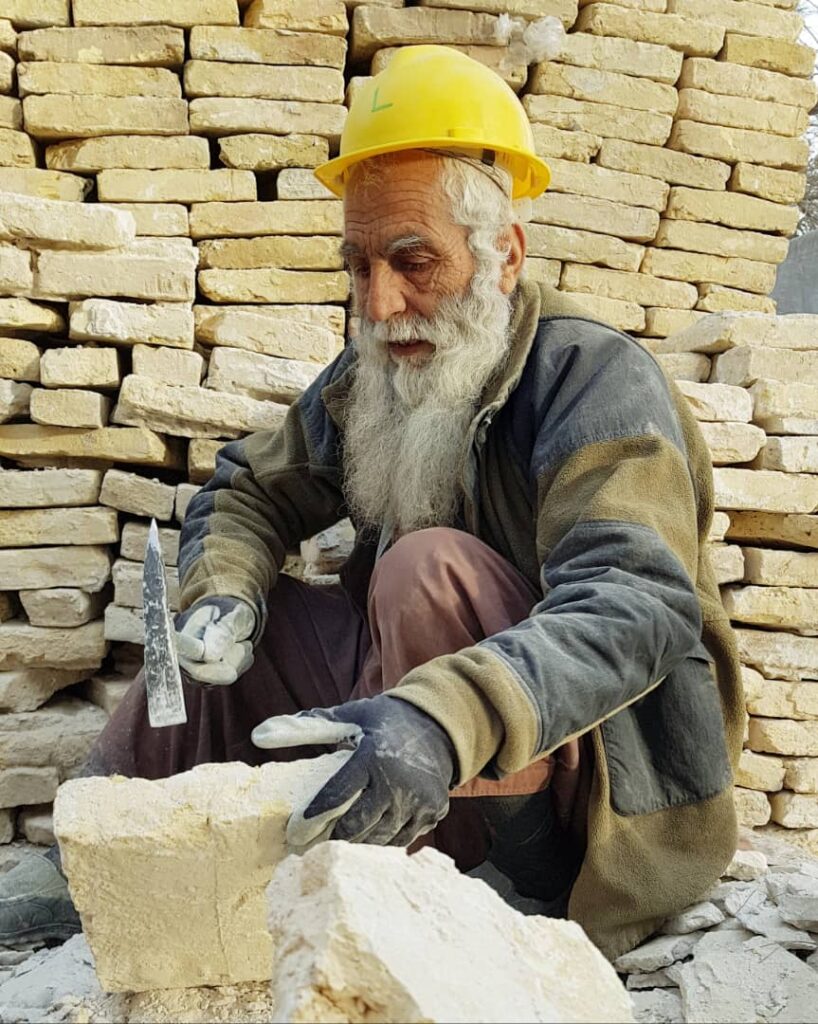Our Services
Training
· Workshops, lectures, seminars and web seminars provided to organizations, government bodies and universities only on specific topics.
· Training, cycles of post-graduate lessons (also online) aimed at professionals, administrators, technicians and operators in the conservation sector.
On-site Specialist Consultancy
Structural Consolidation and Retrofitting Design
· Pre-diagnostic investigation procedures, such as:
– historical and iconographic investigations;
– collection of information on exposure to environmental threats with particular reference to the seismic threat;
– checks on construction techniques;
– survey of the crack, deformation and deterioration pattern;
· Diagnostic procedures, such as:
– Tests on the artefact (with an orientation towards non-destructive tests), assays, sampling and laboratory tests, physical-mechanical characterization tests;
– identification of critical issues and/or constructive and structural gaps to be filled;
– graphic, analytical and numerical simulations available on the information collected;
– definition of intervention criteria respectful of the Restoration Charters and capable of taking into account the social and economic context of reference;
– choice of the most suitable reinforcement strategy.
– recommendations or guidelines for the interventions deemed necessary;
– drafting of the conservation and safeguard project including the structural consolidation and restoration of the surfaces.
Structural Safety Assessment
Level 1: Assessment based on visual inspection whose outcome will be a report describing the overall conclusions and/or concerns. This level of evaluation is useful if the client wants general feedback on the state of the building or if he wants to start with an initial evaluation phase that can provide a clearer scope by defining the parameters of a future evaluation.
Level 2: Visual inspection and implementation of some non-invasive investigations on the building. This level of assessment is significantly more comprehensive and provides clear guidance on the next steps and recommendations. The end result is a report that summarizes what was found, how our assessment was made and what our final recommendations are.
Level 3: A very detailed diagnosis which can provide important information for dealing with complex problems. This diagnosis helps to significantly reduce construction work in major buildings through a better understanding of the issues involved. Tools and results will vary on a case-by-case basis.
Environmental vulnerability assessment, with particular reference to the seismic vulnerability
The assessment can be carried out both on single buildings and monuments and on groups of buildings and settlements.
Customized and Sustainable Technological Solutions
Use of non-standard reinforcement techniques, the outcome of experimentation on innovative composite materials. These techniques guarantee physical-chemical and mechanical compatibility with the architecture.
Monitoring
Direction of works and Construction Management
Assistance and monitoring of interventions. Development of a monitoring plan through the use of specific instruments (accelerometers, crack meters, deformometers).
Assistance and support activities. Service aimed at professionals and administrations that can also be carried out remotely. Following the training course, we offer the opportunity to build a medium-long term relationship during which we offer personalized support to local professionals and administrations working in the field of conservation, accompanying them in the process of developing their knowledge and skills and awareness creation.
Additional services
Feasibility studies. In relation to the specific project, this service includes the identification of different analysis and intervention scenarios, the identification of consultants to be involved and the cost estimate.
Second opinion and third party review. Structured service of the following levels:
– Level 1: “Desktop” review of the work done by third parties. Evaluation of different scenarios in which an alternative approach can benefit the conservation project.
– Level 2: More detailed review of the work done by third parties, including an on-site visit including a results report. Evaluation in relation to compliance with the various Restoration Charters and the correct execution of the analysis methodologies.
– Level 3: Very detailed evaluation of the work done by third parties. Given the uniqueness of each conservation project, this level of evaluation is carried out on a case-by-case basis. The outcome of the evaluation will be a report approved by several experts in relation to the different sectors involved.
Management or coordination of conservation projects
Study of constructive cultures, with particular attention to those at risk of disappearing
Participation in study and research groups for the development of guidelines for good construction practices, drafting of codes of practice, subsequent organization of training aimed at maintaining good construction practices. The service includes inspections.

